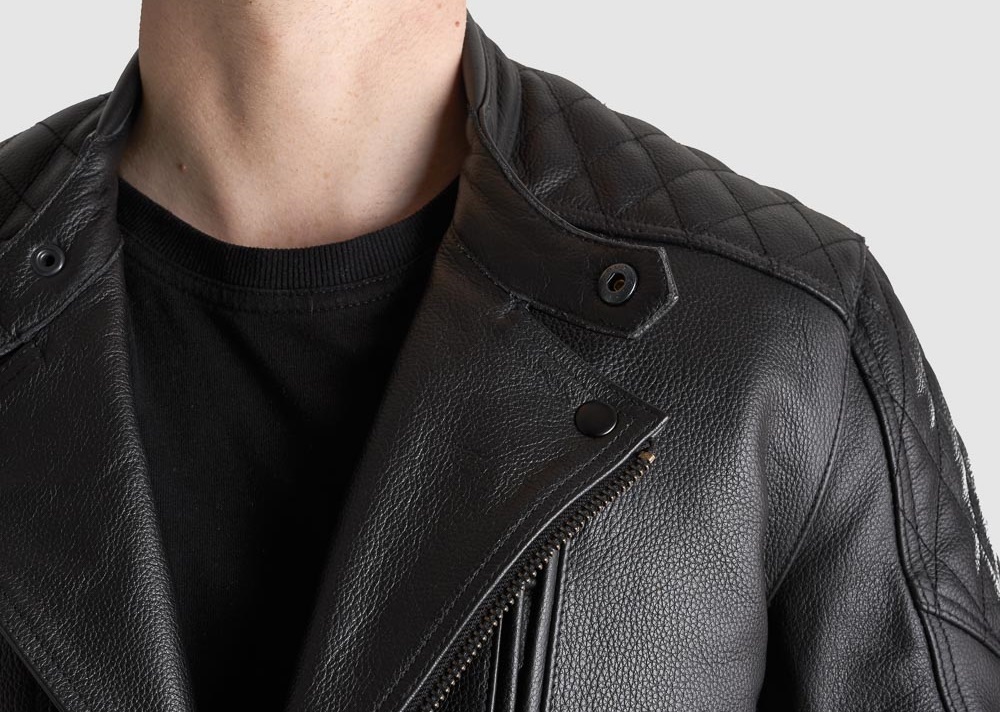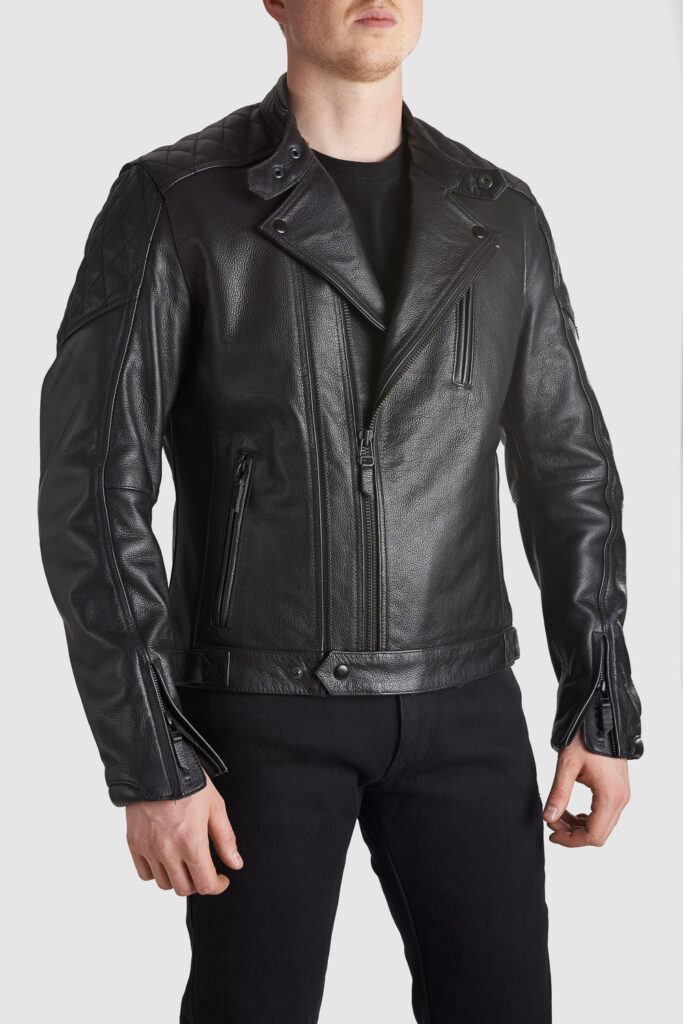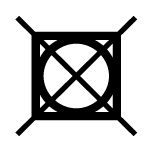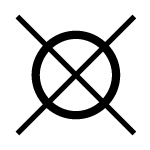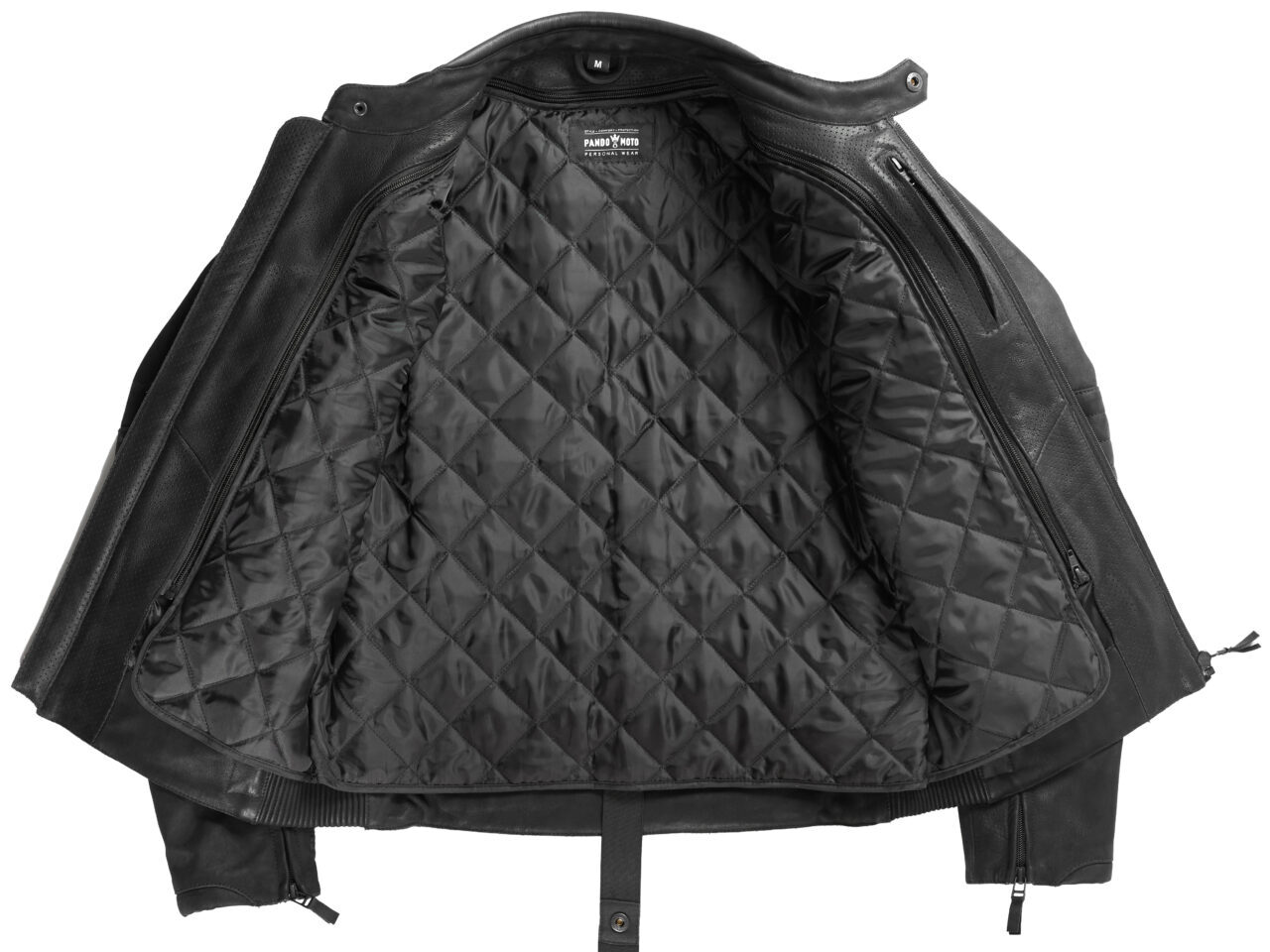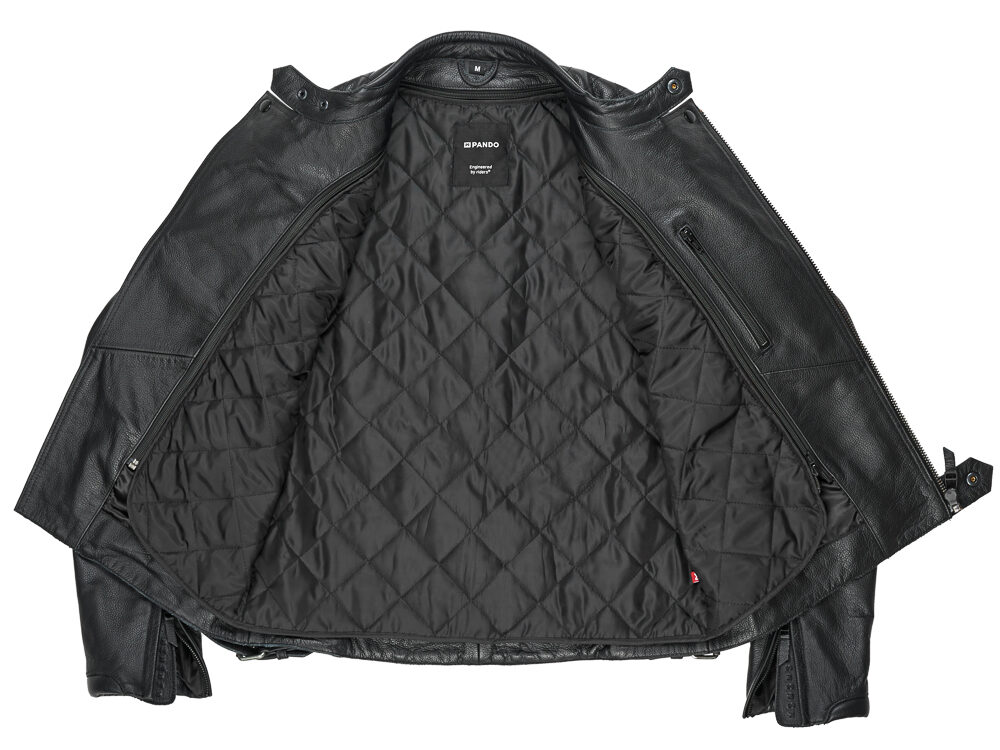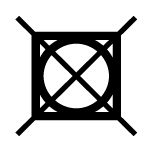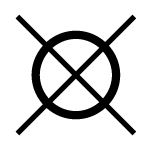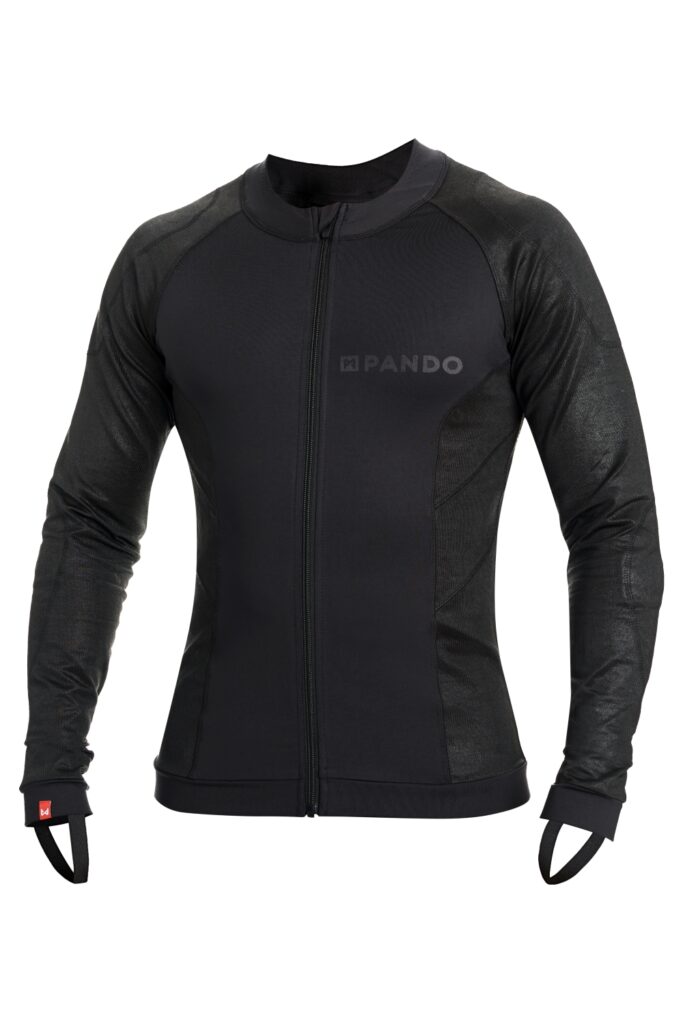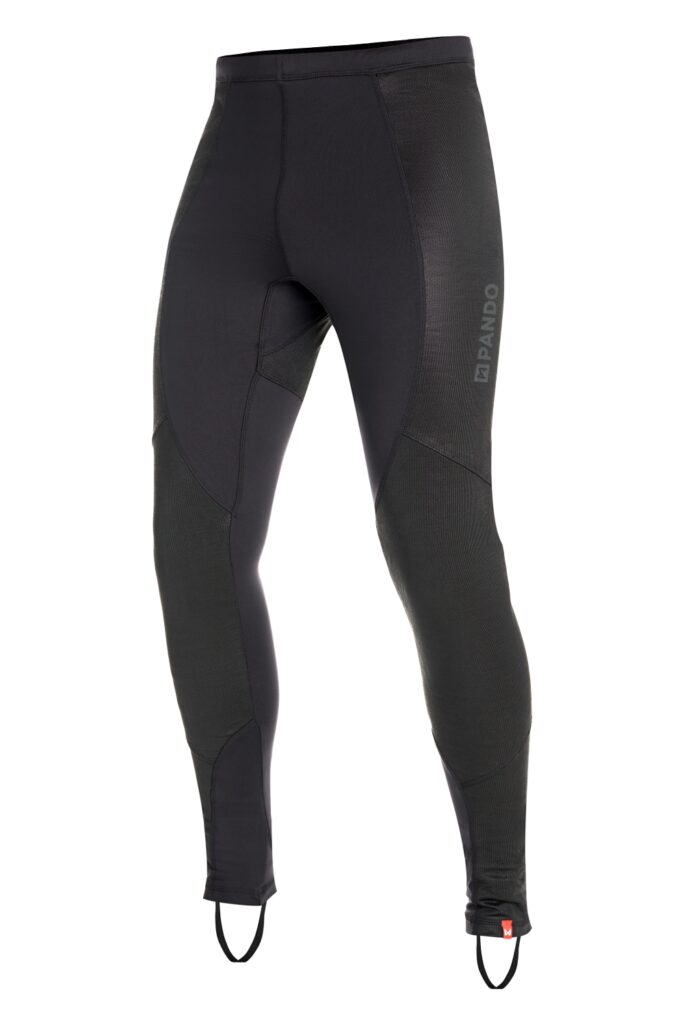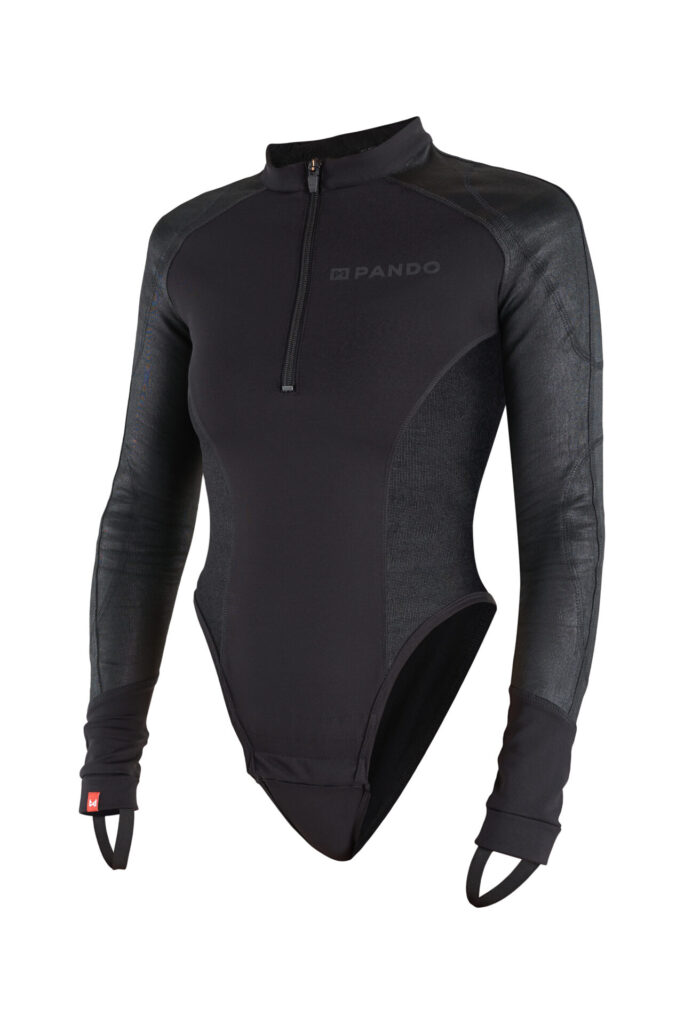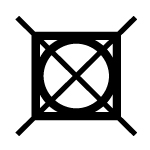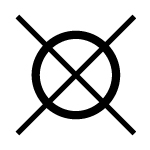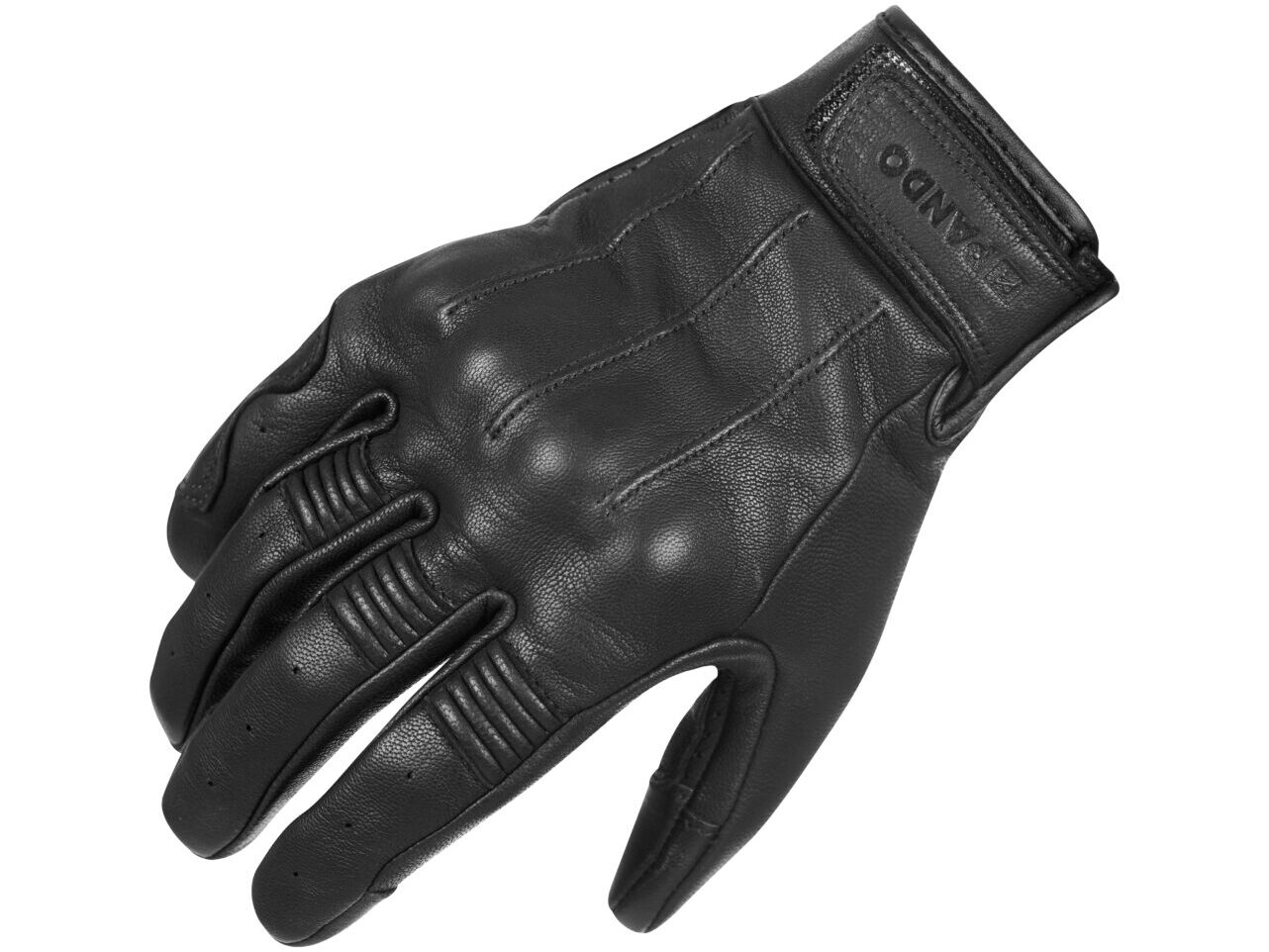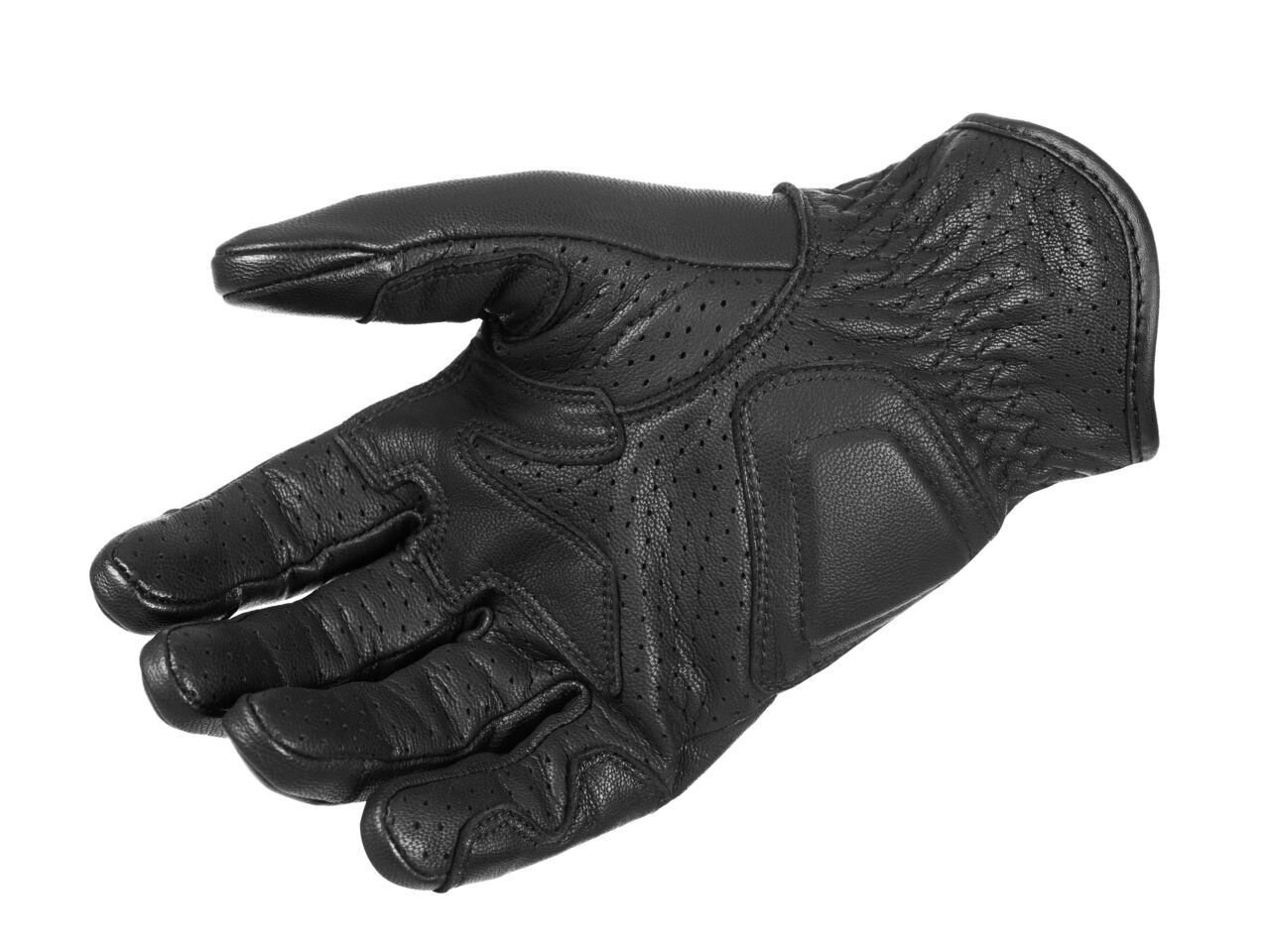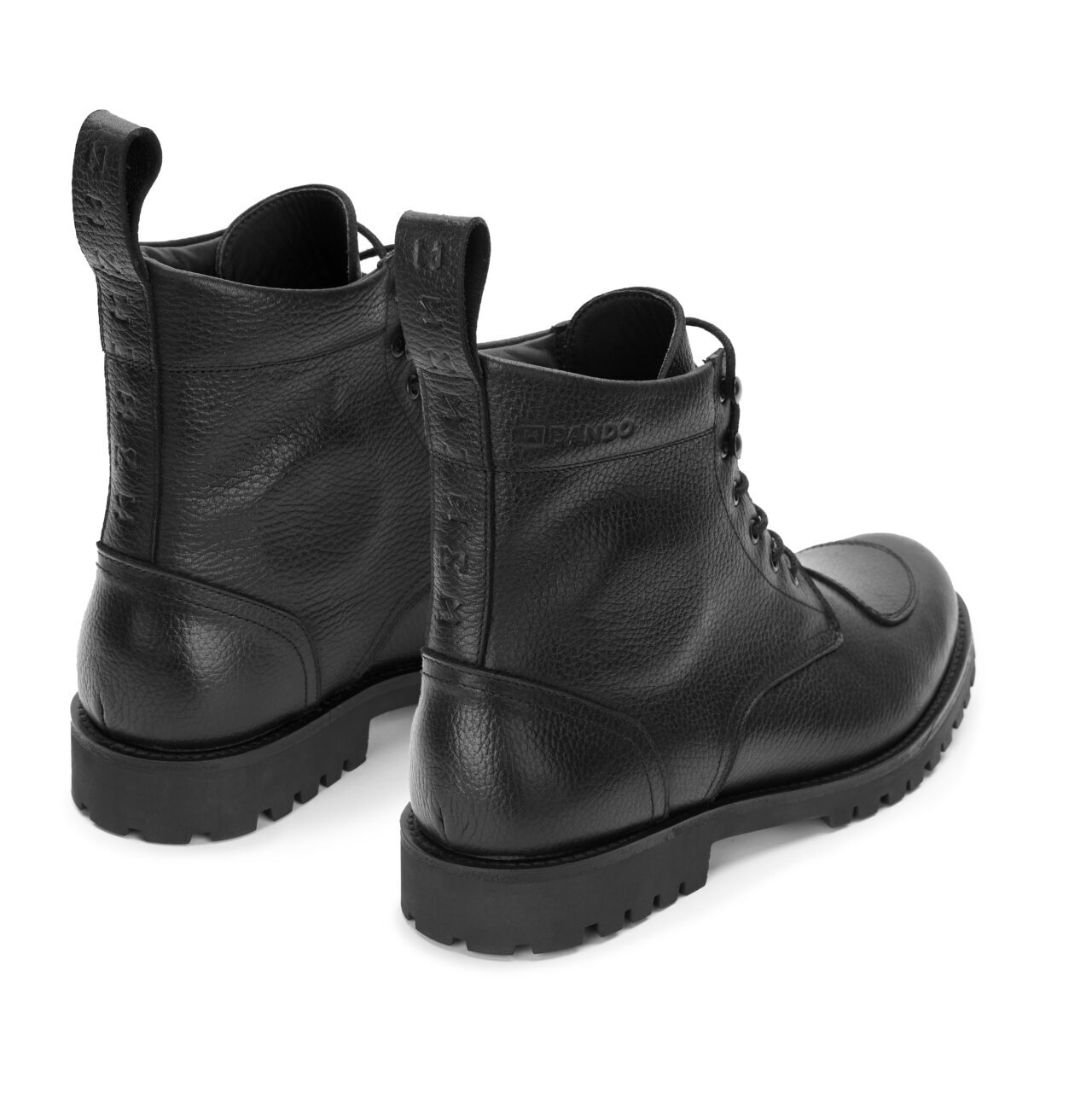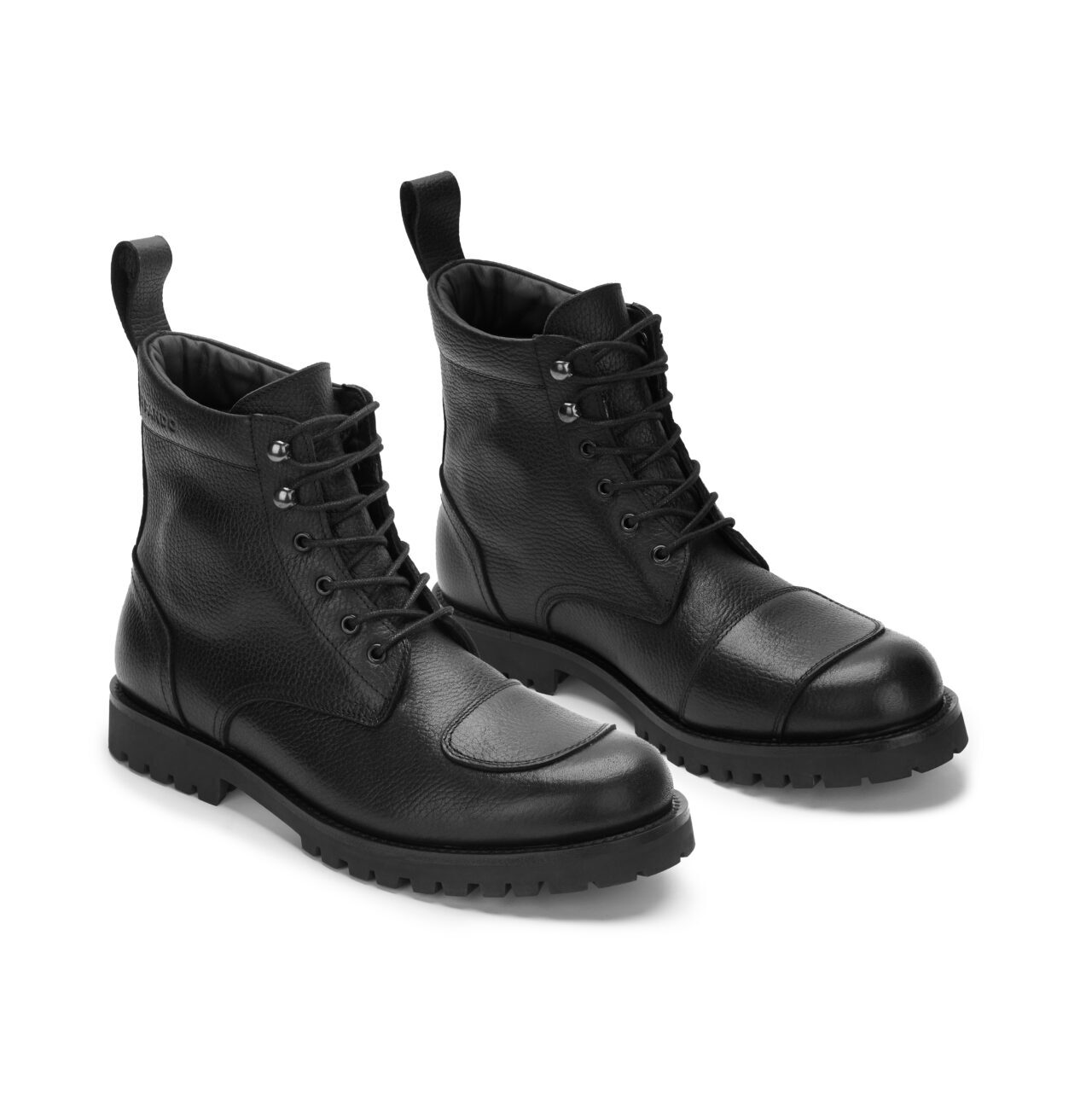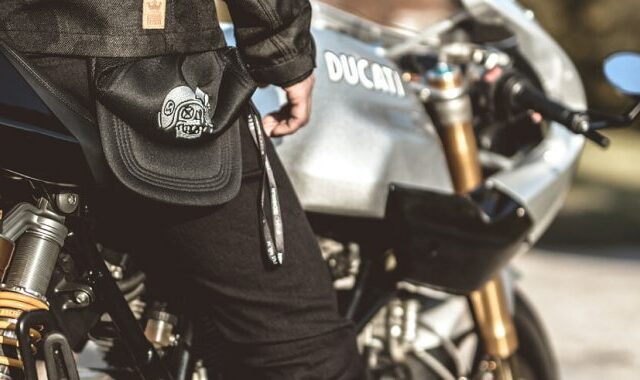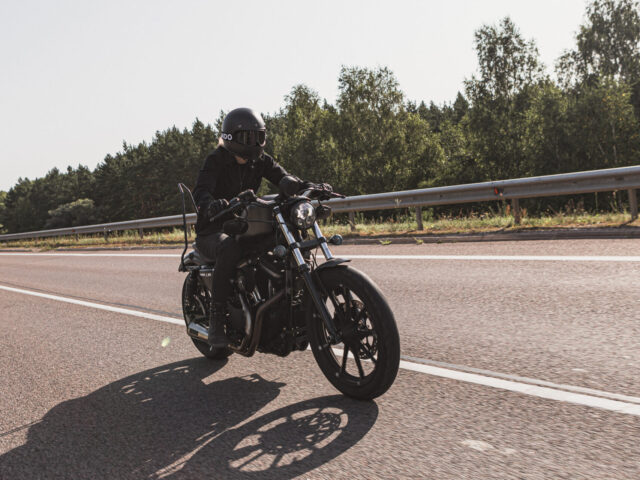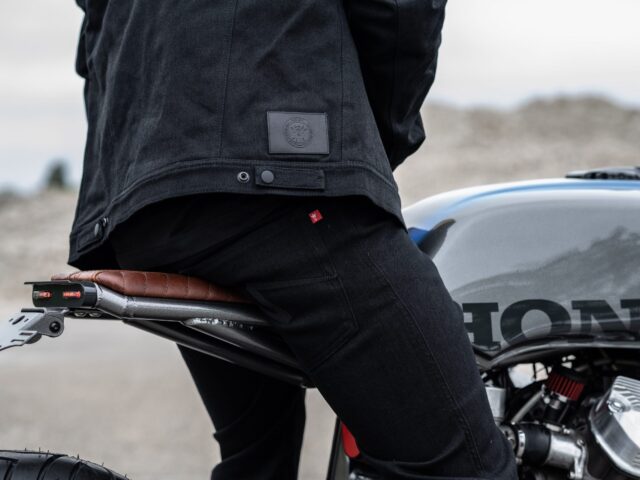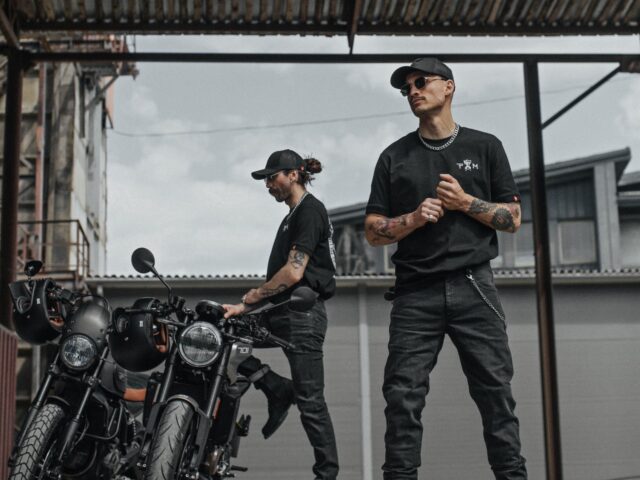Care and Maintenance: how to keep your motorcycle gear fresh and clean?
April 12, 2024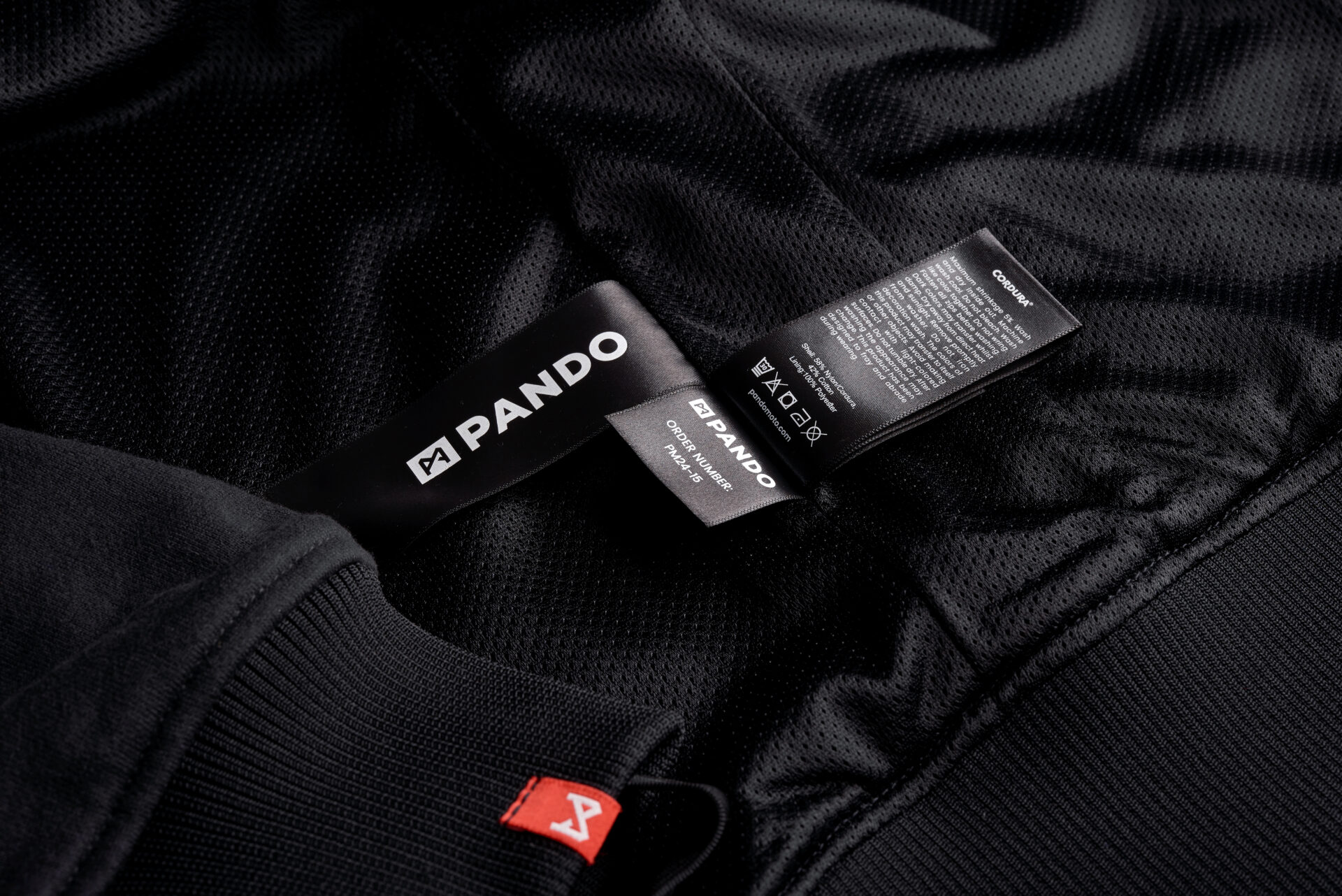
Do you look after your motorcyclist’s outfit as thoroughly as your motorbike? After every ride, your outfit gets dirty the same way your motorbike does. Be it dust, mud, salt and insects or equipment exposed to environmental conditions: sunlight, rain etc. Looking after your apparel is needed not only for prolonging the use time, but also for ensuring your safety and comfort during the trip.
The people behind the apparel, designers, and engineers, put a lot of effort and time into considering what you will wear while riding your motorcycle. As tempting as the idea is of throwing out the dusty shoes and stained jacket, we have great news for you – it won’t be necessary. Regularly looking after your apparel is the only thing left for you to do to maintain the quality of your gear. In the long run, you will be saving money, because buying new parts for your outfit won’t be necessary. And of course, you are going to look wonderful!
As there is no one universal way to maintain your apparel, you will find the instructions written in detail below.
ADVICE: always check the label before starting the cleaning process. Make sure that the icons are in line with the recommendations. Manual washing is always a safe alternative (excluding leather clothing) if the label has faded away, or you’re just not sure.
Jeans
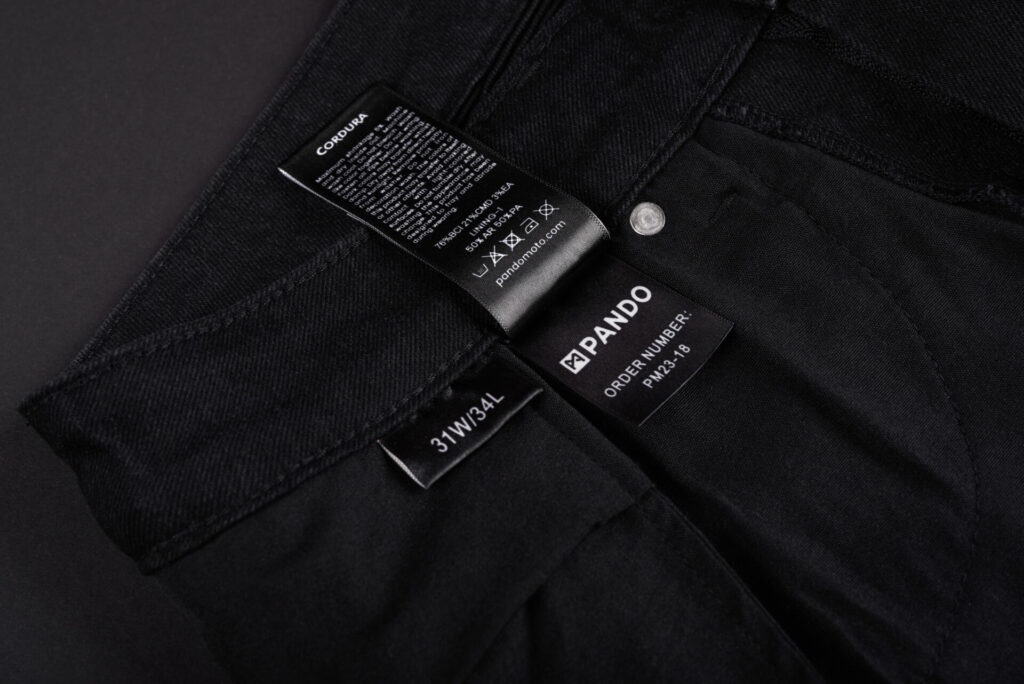
How to prepare jeans for washing?
■ Remove the protectors
■ Empty the pockets
■ Fasten the zippers and buttons
■ Turn it inside-out
What do you need to know about jeans?
A washing machine may be used for jeans. Since the material can shrink (about 5%), it would be best to wash using a gentle cycle at a temperature of 30° Celsius. We recommend washing it with a similar color of clothes.
If hand washing, refrain from rubbing the same place too much. Be gentle and use a soft nylon brush for thorough cleaning.
To preserve the appearance of your jeans, leave them to dry out at room temperature. After it has dried, you may iron it out on low temperature.
Which products do not use when washing jeans?
■ Detergent
■ Fabric softener
■ Bleach
■ Harsh chemicals
What to avoid?
■ Tumble dry
■ Wring
■ Direct heat
■ Direct sunlight
Care should be indicated on the label with the following signs:
Products for which these maintenance standards apply:
Leather jackets
How to prepare leather jackets for washing?
■ Remove the protectors
■ Unzip the lining
■ Empty the pockets
■ Fasten the zippers
What do you need to know about leather?
Clean the outside with a cloth dampened with diluted soap or a special leather cleaner. Let the jacket dry naturally at room temperature.
We recommend a chemical wash at least twice a year.
The leather acts as your skin does – if it is too dry, it becomes brittle and split, if it is too damp, it will soften and lose its protective capabilities. Use a special conditioner to recover the natural appearance of the leather. Once it has absorbed and dried, run a cloth over the jacket and gently polish it. Be cautious when using the conditioner, because overusing it may lead to the leather becoming oily and sticky.
ADVICE: To preserve the leather’s water resistance and protect it from dirt, regularly use an impregnator after professional cleaning.
What to avoid?
■ Hand washing
■ Washing machine
■ Iron
■ Tumble dry
■ Wring
■ Airtight bags
■ Direct heat
Care should be indicated on the label with the following signs:
Products for which these maintenance standards apply:
Inner jacket lining
How to correctly prepare your jacket lining for washing?
■ Separate from the jacket
■ Turn it inside-out
What should you know about the lining material?
The best way to clean a textile is to hand-wash it. Use a special delicate detergent and dilute it with warm water. You can use a washing machine if a stain is old, or just cannot be washed manually.
Since the material can shrink (about 5%), it would be best to wash using a gentle cycle at a temperature of 30° Celsius. We recommend washing it with a similar color of clothes, as the black color might dye everything else.
To preserve the appearance of the fabric, leave it to dry out at room temperature.
ADVICE: after continuous use, the zippers can quickly wear out. To avoid this, use a few drops of silicone spray. Use in moderation and apply directly to the zipper, to avoid staining the lining.
Which products do not use when washing the inner jacket lining?
■ Fabric softener
■ Bleach
■ Harsh chemicals
What to avoid?
■ High-pressure cleaner washers
■ Iron and tumble dry
■ Wring
■ Direct heat and direct sunlight
Care should be indicated on the label with the following signs:
Base-layers
How to prepare base-layers for washing?
■ Remove the protectors
■ Fasten the zippers
■ Turn it inside-out
What do you need to know about base-layers fabric?
May only be hand washed, as it is likely to shrink (about 5%). Use a special delicate detergent and dilute it with warm water.
Can be dried in a dryer on low temperature.
ADVICE: Refrain from over-using the impregnator, as it may lower the breathability of the base-layers as well as comfort.
Which products do not use when washing the base-layers?
■ Fabric softener
■ Bleach
■ Harsh chemicals
What to avoid?
■ Washing machine
■ Iron and wring
■ Direct heat
■ Direct sunlight
Care should be indicated on the label with the following signs:
Products for which these maintenance standards apply:
Gloves
What do you need to know about gloves fabric?
Since only leather gloves can be bought at the PANDO online store, their care is simple. They may be hand washed using a special delicate detergent.
Let the gloves dry naturally at room temperature.
ADVICE: You can also get a special motorcycle gear dryer. A device that uses two dry ports to circulate air to safely dry gloves, boots, and helmets.
We recommend storing the gloves in a dry, dark place, but refrain from keeping them on the inside of the helmet.
Use a special conditioner to recover the natural appearance of the leather. Once it has absorbed and dried, run a cloth over the jacket and gently polish it.
Which products do not use when washing gloves?
■ Detergent
■ Fabric softener
■ Bleach
■ Harsh chemicals
What to avoid?
■ Washing machine
■ Iron
■ Airtight bags
■ Tumble dry and wring
■ Direct heat
Products for which these maintenance standards apply:
Motorcyclist’s boots
How to prepare the boots for washing?
■ Remove the soles and lining (if possible).
What do you need to know about the fabric of the boots?
You may put the soles and lining into the washing machine. While they are being washed, you can clean the outside of the boots with a damp cloth or a soft brush.
Put the boots, soles and lining to dry out at room temperature.
Make sure to use an impregnator regularly. This ensures your footwear remains resistant to water and protected from dirt. To get the best results, do so after the cleaning process.
Store the boots in a dry, dark, and well-ventilated environment.
ADVICE: few drops of tea tree essential oil inside the shoes should kill bacteria and remove any unpleasant odors in just a few minutes.
What to avoid?
■ Direct heat
Products for which these maintenance standards apply:
Armor
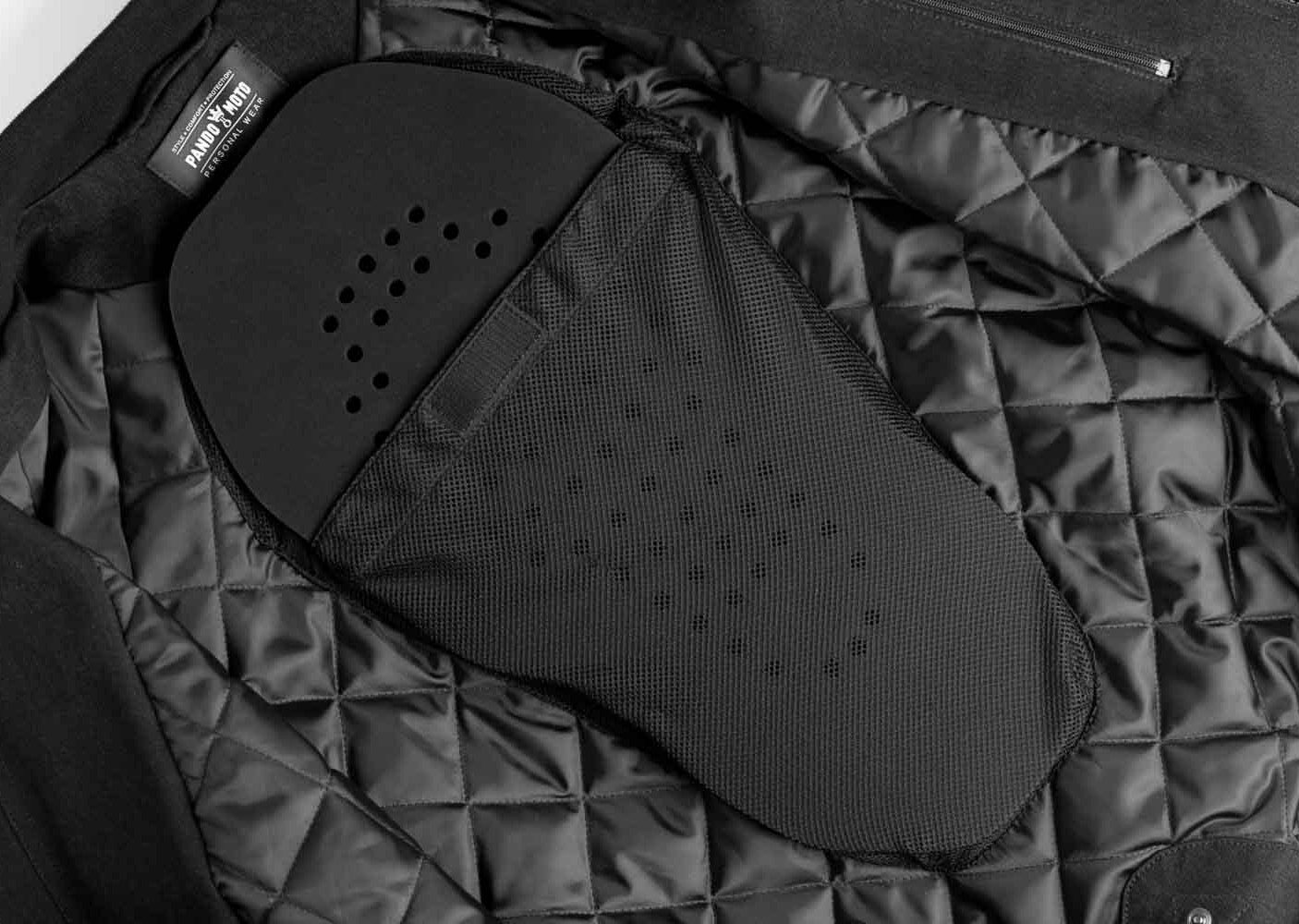
How to prepare armor for washing?
■ Remove them from the outfit.
What do you need to know about armor fabric?
Rinse it with lukewarm water and leave out on a towel to dry.
Which products do not use when washing armor?
■ Detergent
■ Fabric softener
■ Bleach
■ Harsh chemicals
What to avoid?
■ Washing machine
■ Iron and tumble dry
■ Wring
■ Direct heat
■ Direct sunlight





